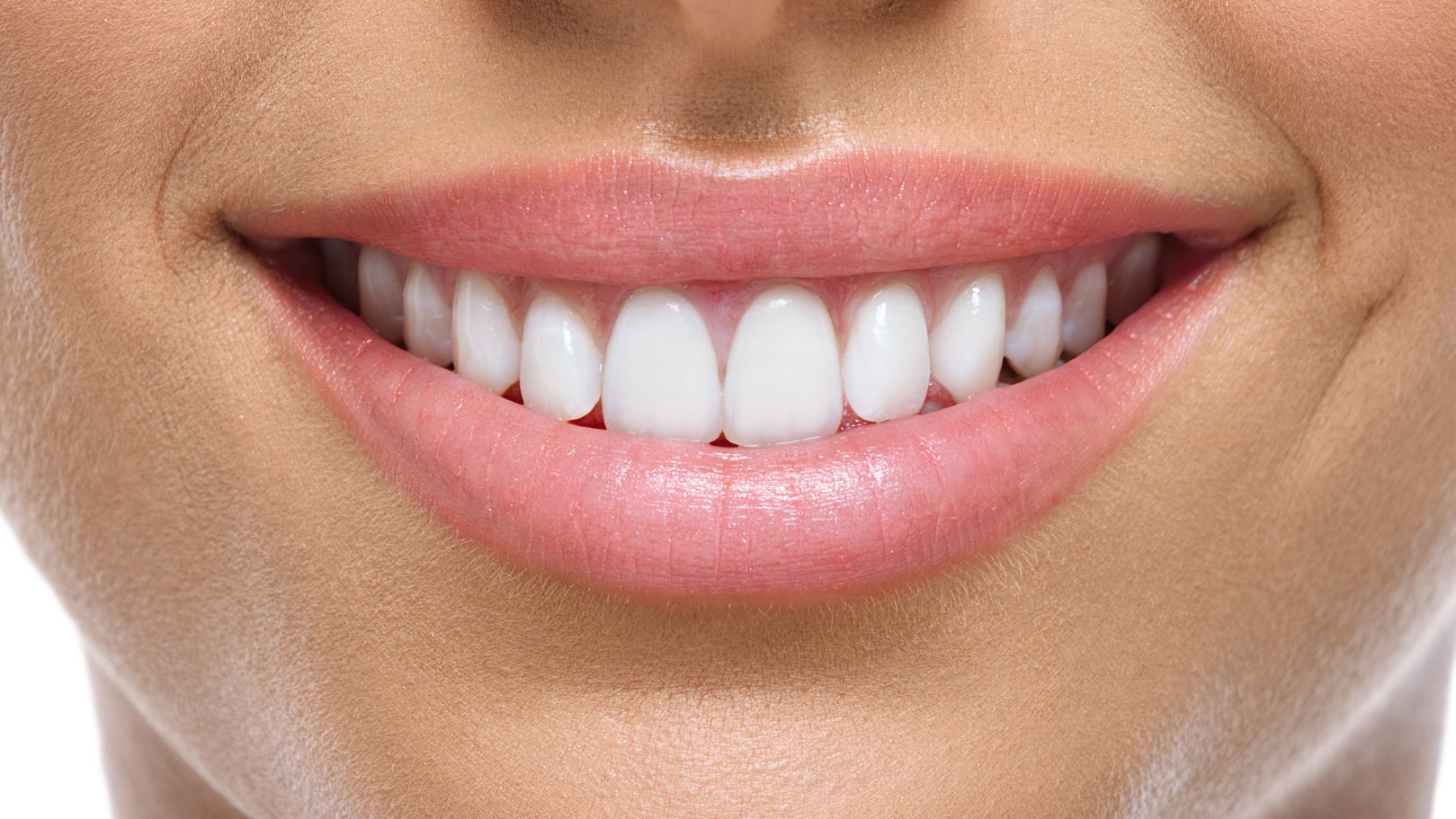
Teeth whitening treatments can be done in a variety of ways: in-office by a dentist or at home using whitening strips and DIY recipes like baking soda scrubs. For consistent and effective results, it is highly recommended to have professional tooth whitening done by a board certified dentist.
The color and brightness of a smile is measured by its shade. There are a number of whitening toothpastes, gels, and strips that a patient can use at home that could brighten up a smile by quite a few shades:
1. Whitening Toothpaste - Using toothpaste is a tried and tested way of removing surface stains on the teeth. Whitening toothpaste typically contains mild abrasives for polishing and chemical agents like hydrogen peroxide for extra stain removal. However, it is difficult to produce the level of whitening achieved from a professional bleaching by a dentist.
2. Whitening Gels – Similar to toothpaste, whitening gels are applied with a small brush directly to the tooth. However, the abrasives used are much finer if not completely non-existent and is more ideal for sensitive teeth.
3. Whitening Strips – Comes in very thin, almost unnoticeable strips which are coated with a peroxide-based gel. Typically, whitening strips are applied twice a day for about 30 minutes each for 2 weeks. This treatment is noticeably more effective than whitening toothpaste and gels, although it still pales in comparison to dental trays or professional whitening.
4. Dental Trays – Perhaps the most effective in-home whitening product, mouthpiece trays are often supervised by the dentist throughout the span of the treatment. A custom mouthpiece is made to exactly fit your teeth, maximizing the surface area of contact between the tooth and the bleaching agent. Over the counter dental trays usually come in one size so a proper fit may not be achieved, thus negating the effects of bleaching and can sometimes even cause uneven whitening.
5. In-office Bleaching – The most straight forward approach, in-office bleaching is one of the most popular and effective teeth whitening treatment available to patients. Gum and tooth sensitivity will be supervised by the dentist, minimizing pain and allowing for the teeth to be treated more thoroughly. Another reason why this technique is popular is due to convenience. Unlike take home treatments, patients do not need to repeatedly bleach their teeth for a period of time just to get results. By simply going to a dentist, a patient could lighten their teeth by quite a few shades.
CANDIDACY
Anyone that requires teeth whitening can be a candidate. However, patients should consider whether or not they want to immediately see results or if they are willing to wait for a period of time to lighten their tooth color. Another consideration to be had is how aggressive the whitening needs to be. If a patient is only looking to brighten their smile by a shade or two, then using over the counter products would be ideal and could save a few hundred dollars while still achieving similar results.
LIMITATIONS
No matter which teeth whitening approach you choose, there are limitations on how much you can brighten the teeth. If a patient is starting from a darker shade, chances are it would require multiple visits to achieve a fully white smile. A patient could also inherently have a darker shade of teeth, which would make it more difficult to reach a bright shade. Whether it is an in-office treatment or DIY tooth whitening products, it is highly recommended to have realistic expectations from the start.
COMPLICATIONS
There are a few risks that should also be considered for any teeth whitening approach. Aesthetically, a common side effect of using unsupervised whitening products is tooth discoloration. When done incorrectly, some tooth stain would not be removed, resulting in uneven stripes or markings on the teeth. Other complication can involve prolonged tooth sensitivity which goes away in about 1 week or damaging the roots of the teeth through the use of improper techniques. For the most part, experiencing side effects can drastically be reduced by having an in-office whitening treatment of using dentist supervised mouthpiece trays.
DOWNTIME
The only downtime patients should be aware of when using over the counter teeth whitening products is that it typically takes 1-2 weeks to see any results. On the other hand, in-office whitening tends to show results as soon as the dentist finishes, which is a considerably shorter waiting period in comparison.
LASTING RESULTS
Patients are encouraged to avoid dark colored foods and drinks such as grapes, wine, or soda which can stain the teeth even faster. It is also recommended to get touch up whitening done every 6 months for much easier maintenance. Touch up whitening typically takes less than an hour so it can be done during lunch time or after work, making it much easier way to maintain results.
Written by Cosmetic Town Editorial Team- MA
Based on an exclusive interview with Ann Haggard, DDS in Webster, Texas